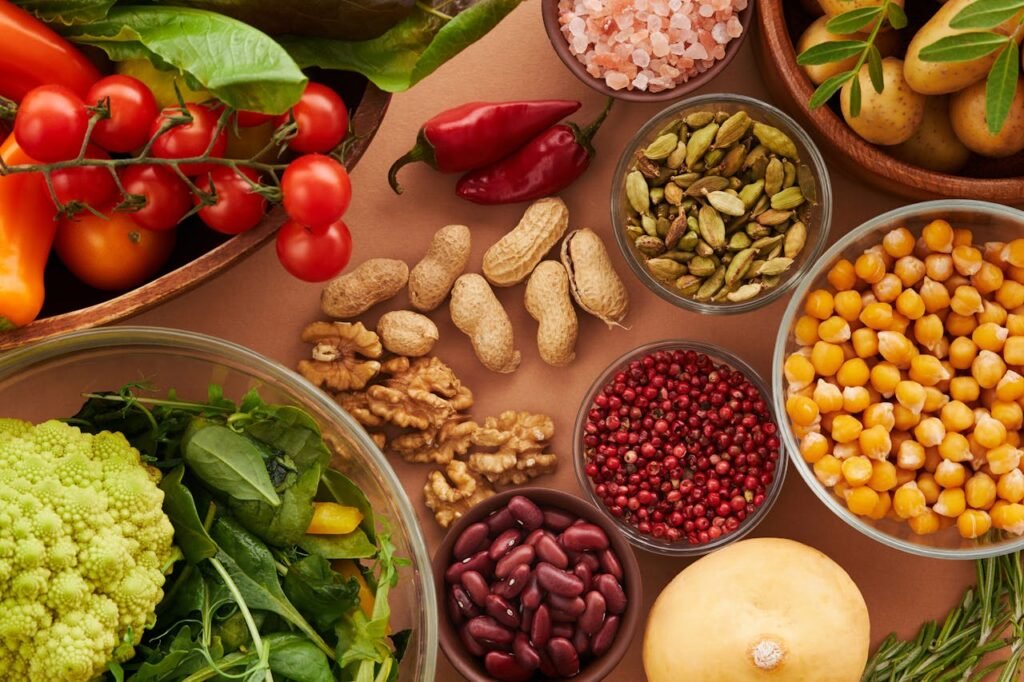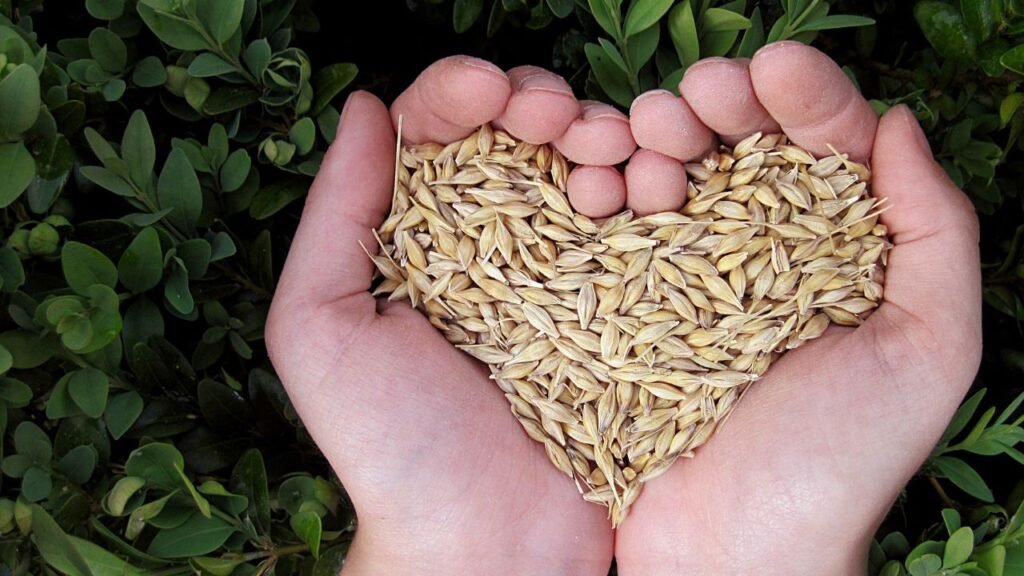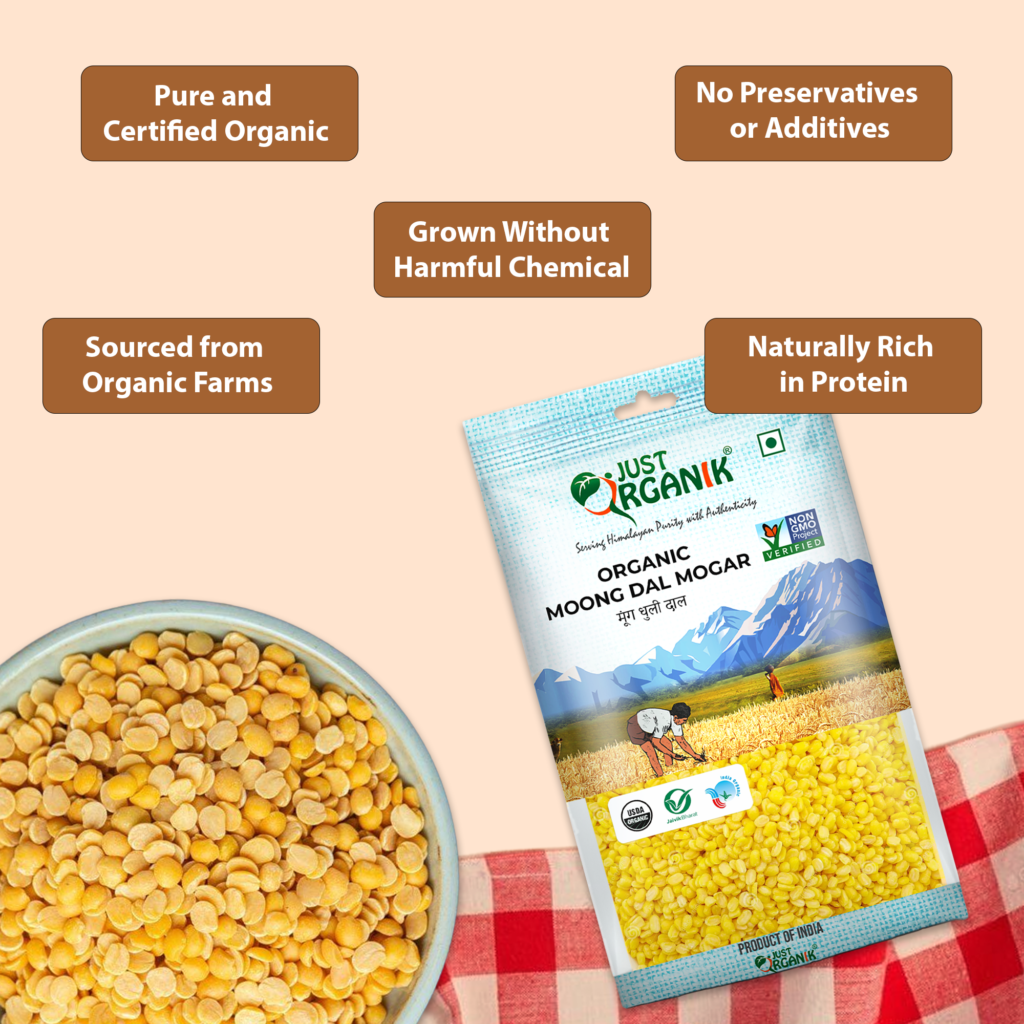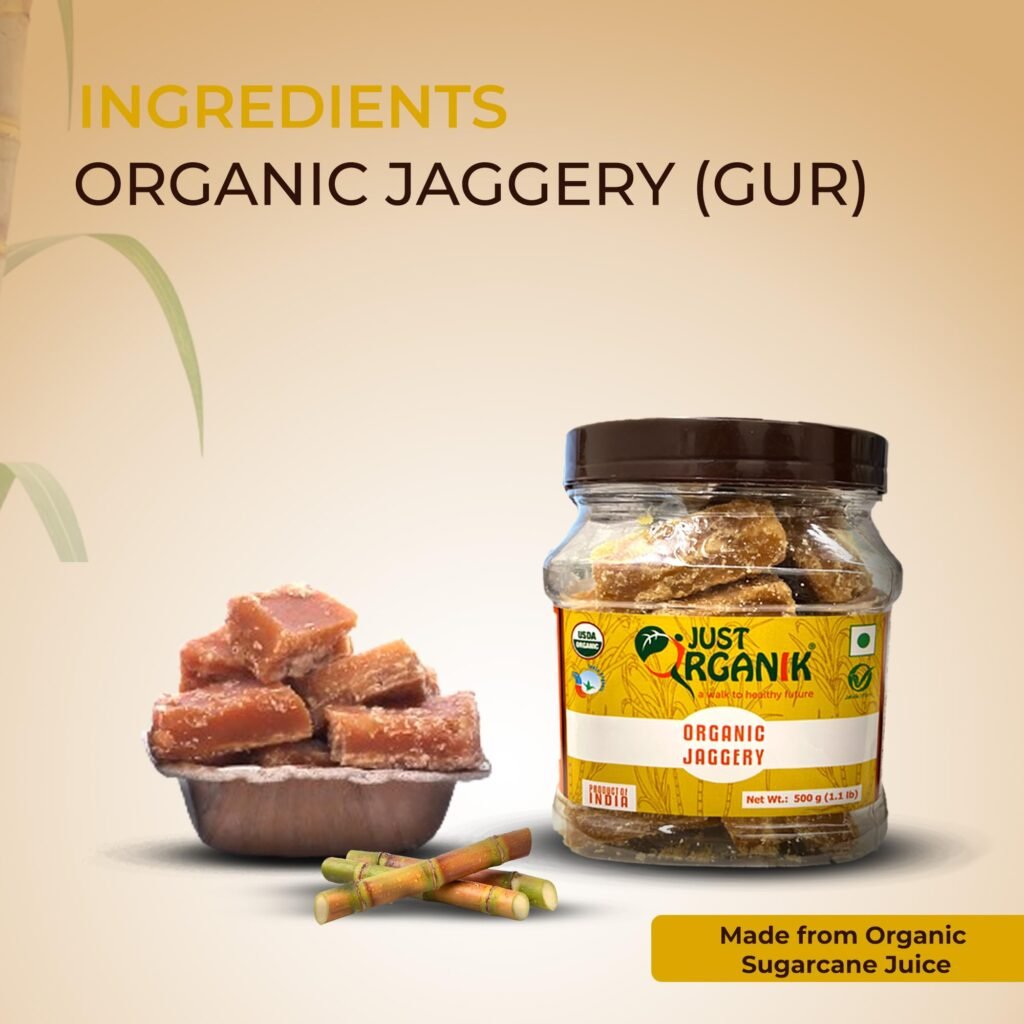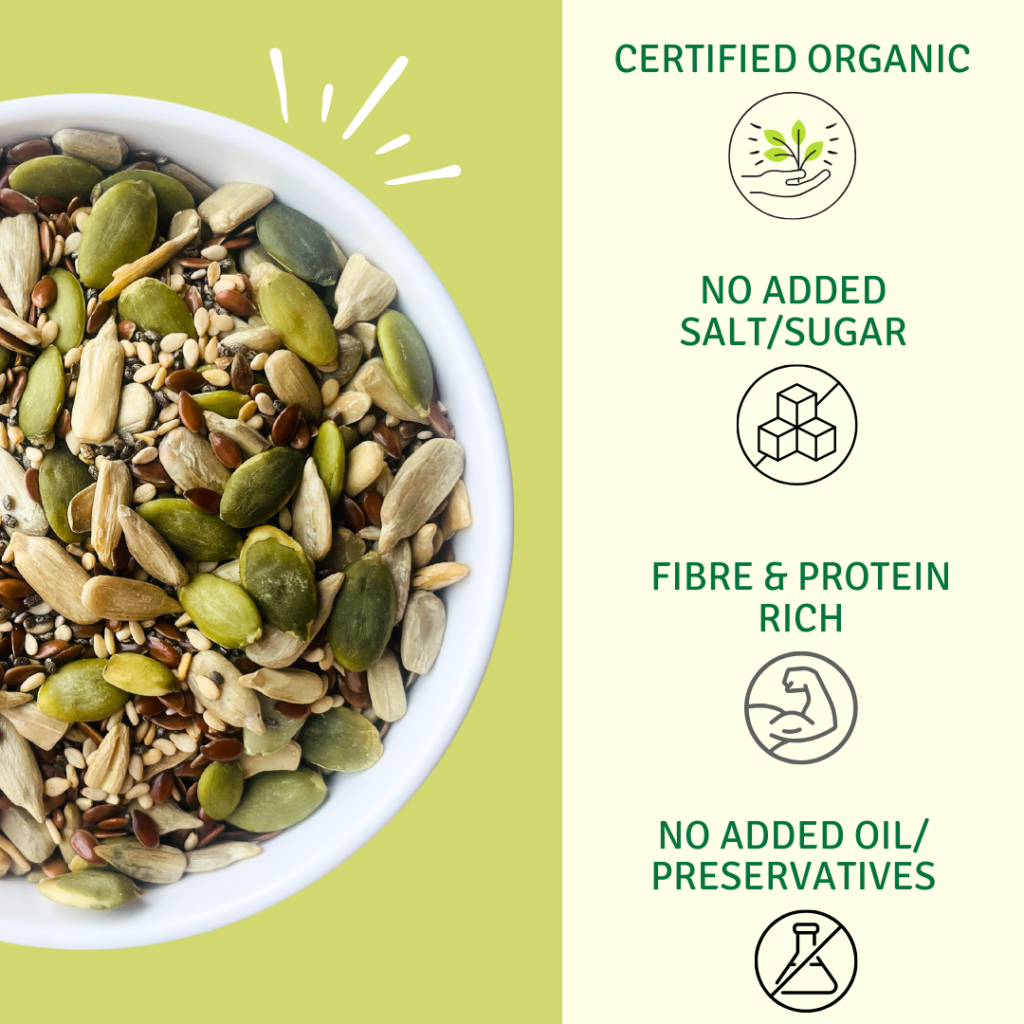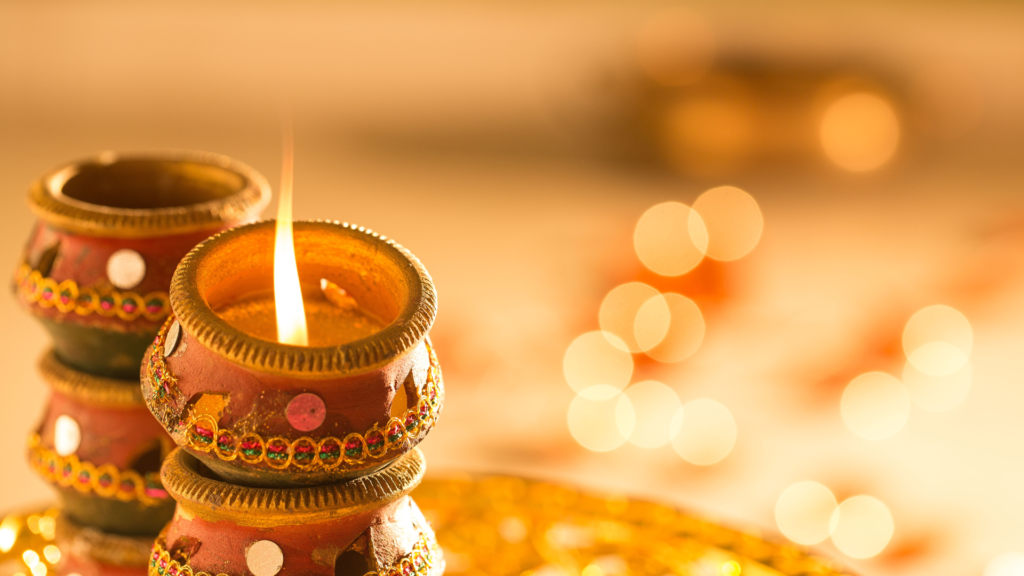Top 7 Immunity-Boosting Foods for Indian Winters
Top 7 Immunity-Boosting Foods for Indian Winters When winter arrives across India, most households naturally shift toward foods that bring warmth, comfort and strength. These aren’t new trends – they’re age-old ingredients our families have trusted for generations. They fit perfectly into winter routines and help support everyday immunity in a gentle, natural way. Here are seven foods that many Indian homes rely on during the colder months, and why they continue to remain winter essentials. 1. Turmeric & Everyday Spices Turmeric, black pepper, cumin, ginger and cinnamon are staples in Indian kitchens that become even more important in winter. These spices bring warmth to meals, help with digestion and make winter foods feel more soothing. You may use: Many people add Just Organik spices to dal, sabzi, soups, herbal drinks or simple turmeric milk before bedtime. BUY JUST ORGANIK SPICES HERE. 2. Jaggery (Gur) Gur is one of the most loved winter sweeteners in India. It brings warmth, feels comforting after meals and is often preferred over refined sugar during the colder months. A small bite of gur has been a winter tradition in many households for years.You may use: Just Organik Gur is used in tea, porridge, ladoos, chikkis or enjoyed plain after meals. BUY JUST ORGANIK JAGGERY HERE 3. A Spoon of Ghee Ghee is known as a winter essential across Indian homes. It adds nourishment, supports digestion and makes meals feel more satisfying. Warm food topped with ghee is a familiar winter comfort for many. You may use: Just Organik Cow Ghee is added to rotis, rice, khichdi, millet bowls or winter vegetables. BUY JUST ORGANIK GHEE HERE 4. Rajma for Comfort & Strength Rajma is a classic winter favourite- hearty, filling and perfect for cold days. Across regions, rajma-chawal or warm rajma bowls make for meals that bring both comfort and energy. You may use: Just Organik Rajma is enjoyed as a rich curry or added to warm salads and grain bowls. BUY JUST ORGANIK RAJMA HERE 5. Millets for Warm, Wholesome Meals Millets like bajra, ragi, foxtail millet and jowar naturally suit the winter season. They keep the body full for longer, feel soothing on the stomach and blend beautifully into winter recipes. You may use: Just Organik millets are used for rotis, porridge, khichdi, dosa batter and everyday snacks. BUY JUST ORGANIK MILLETS HERE 6. Raw Honey for Gentle Winter Mornings Raw honey has long been a winter companion in Indian households. It adds a soothing touch to warm drinks and is often used during throat irritation or slow winter mornings.You may use:Many mix Just Organik Honey into warm water, herbal teas or morning drinks as a natural sweetener. BUY JUST ORGANIK HONEY HERE 7. Sesame Oil (Til Ka Tel) Sesame oil is considered one of the best oils for winter cooking. It has a naturally warm character and gives meals a deep, comforting flavour. Its aroma itself feels like winter in many Indian kitchens.You may use:Just Organik Cold-Pressed Sesame Oil is used for cooking sabzis, making tadka, or drizzling over chutneys and salads. BUY JUST ORGANIK SESAME OIL HERE .Across India, these simple ingredients – spices, gur, ghee, rajma, millets, honey and sesame oil — have always been trusted during winter for warmth, nourishment and everyday immunity support. They’re easy to use, familiar to every kitchen, and bring a sense of comfort that matches the season perfectly. Blog Top 7 Immunity-Boosting Foods for Indian Winters Blog Rajma Chitra – Joshimath – The True taste of hills Blog The First Wealth is Health” – Why Your Plate is Your Greatest Investment Blog Indian kitchen dal, Pure in Taste and good for health Blog Which Sugar Is Healthiest? Jaggery, Khand, Brown or White? Blog Cold-Pressed vs Refined Oil: Which One Should You Be Cooking With? Blog Tiny Seeds, Big Benefits: Superseeds for Weight Loss, Skin & Digestion Blog Embracing the Spirit of Diwali: Celebrating Light, Winter and Nourishing Ingredients! Blog Quinoa: The Ancient Seed Making a Modern Comeback Blog Millet Marvels: Why Pregnant Women Should Add Them To Their Diet Add Your Heading Text Here
Top 7 Immunity-Boosting Foods for Indian Winters Read More »

